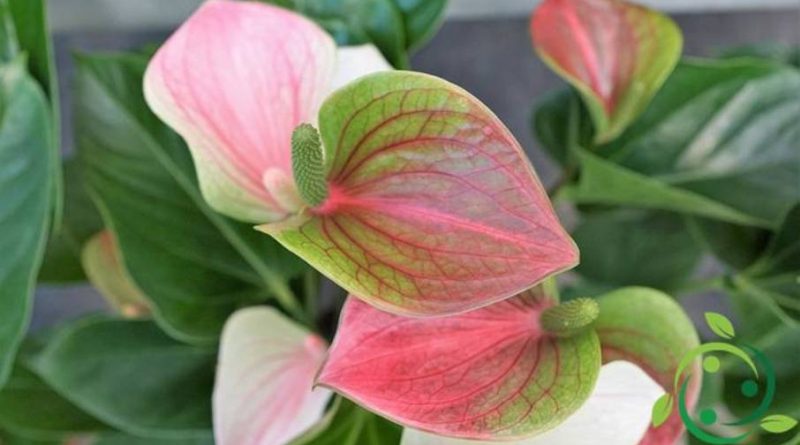How to grow calla lilies
How to grow calla lilies
The Calle, or lilies of the Nile, are a genus of plants (Zantedeschia Spreng. 1826) of the Araceae family, native to Africa.
The Zantedeschia genus includes seven rhizomatous root species, up to over 1 m high, of which the most cultivated ornamental plant is the Zantedeschia aethiopica (or African Richardia). This Calla, is a perennial species with evergreen or deciduous leaves, endowed with an oblong rhizome, of large dimensions, basal leaves broadly sagittate, with long petioles, spring inflorescences, solitary, of white color, composed by a long spata in form of funnel, and an erect whitish spadix, monoecious flowers.
Among the other cultivated species we recall the Zantedeschia elliottiana, native to north-eastern Africa, with yellow-colored flowers, the Zantedeschia nelsonii with yellow-sulfur flowers with a purple spot, the Zantedeschia rehmannii with pink-tinged white flowers.
In any case, the color of the spata varies according to the variety, so we will have species with white, yellow or greenish flowers and in some in the hybrid varieties also yellow, orange and even dark purple.
In this card we will see how to cultivate the Calle following the most appropriate agronomic measures.
For the cultivation of the Calle it is necessary to choose luminous positions but preferably sheltered from the direct rays of the sun. They are therefore excellent plants to be placed in flower beds, under trees with not very thick foliage or in areas where however the sun’s rays do not strike all day.
For the soil, even if the Zantedeschia species has a good adaptation to various types of substrate, it is better to choose well-endowed soils with organic substances which, obviously, can be introduced beforehand into the plant, possibly choosing mature manure or earthworm humus.
In pot breeding the substrate must be built by mixing 30% of siliceous sand, 40% of soil for flowering plants and peat for the rest. On the bottom of the vase it is a good idea to place a few cm thick layer of coarse gravel or expanded clay to help drain excess water.
The planting period of the Calle is that of early spring. In this period, in fact, it is easy to find on the market potted calla lilies already in bloom or rhizomes to plant.
Calla is a plant that can be reproduced by seeds, but is usually multiplied by transplanting rhizomes.
The month of April is the right month to plant calla lilies in the garden, repotting or planting rhizomes.
To plant the calla rhizomes you need to bury them at a depth of about 7 – 8 cm. obviously the distance between the plants or pot size depends on the cultivated variety.
For small calla lilies, that is, that do not grow over 40 cm in height, a vase with a diameter of 20 – 25 cm is sufficient. For 50-60 cm high calla lilies, a vado with a diameter of at least 30 – 35 cm must be used.
If you want to plant calla lilies in the garden to form flowering bushes, leave 35 – 40 cm between one rhizome and the other.
After planting the Calla rhizomes you need to irrigate the soil and keep it moist until the first shoots have sprung up.
The irrigation requirement must allow the substrate, both in the garden and in the pot, to always remain moist but without exceeding. Irrigations should be done from the vegetative restart until the end of flowering. When the flowers and leaves of the calla lilies begin to turn yellow and wither, in the summer period, it is then necessary to gradually reduce the waterings until they are suspended completely during the period of vegetative rest.
For fertilizing it behaves differently if the Calla is grown in pots or in the open ground. In pot cultivation it is necessary to choose, more than anything else for practical reasons, a liquid fertilizer for flowering plants diluted with the water used for watering; in full earth it is necessary to provide for a good organic fertilization (manure, earthworm humus or other well humified organic substance) before the vegetative restart by mixing the organic substance in the first layers of soil and covering the whole.
Finally the adversities or diseases of Calla. Let’s say right away that these plants are generally quite resistant to adversity and attacks from animal parasites. However, they fear the root rot caused by water stagnation, especially when they are grown in pots and the saucer tends to fill with water.

